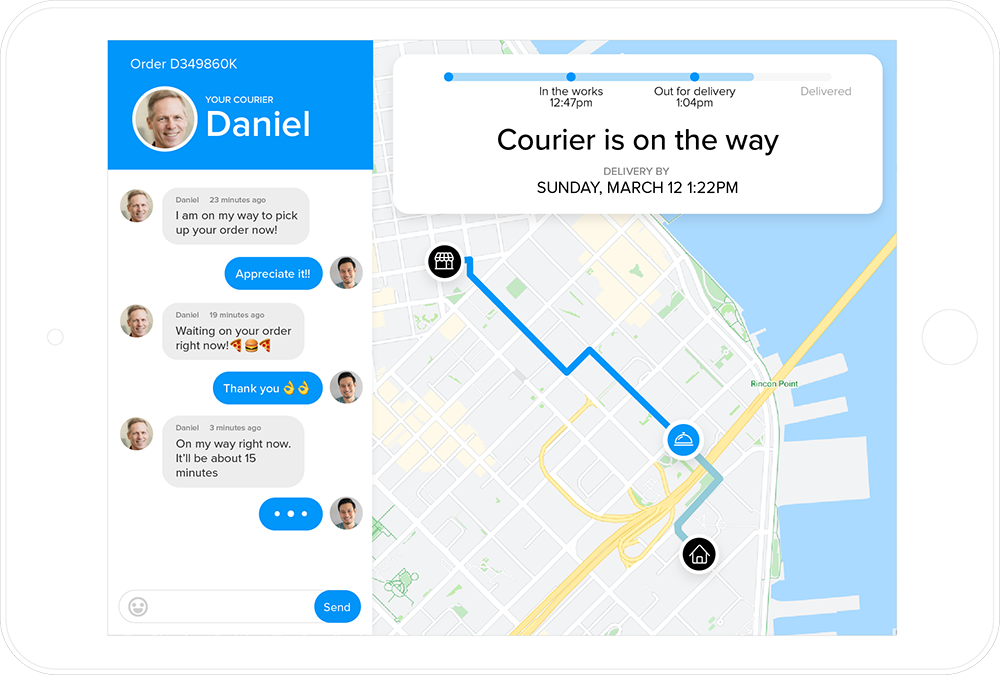What is CaaS (container as a service)?
Container as a Service (CaaS) is a cloud service model providing users with container-based virtualization. It allows developers and IT departments to upload, organize, run, scale, manage, and stop containers using containerization & microservices technologies.
Key features of CaaS include:
Container Orchestration: Platforms like Kubernetes, Docker Swarm, and Apache Mesos are typically used for orchestrating and managing containers at scale.
Scalability: CaaS platforms provide tools to scale containerized applications based on automation.
Deployment Automation: Continuous Integration/Continuous Deployment (CI/CD) pipelines are often integrated, enabling automated deployment and updates of containerized applications.
Resource Management: Efficient allocation and management of computing resources such as CPU, memory, and storage across containers.
Security: Features for securing containers, including isolation, authentication, and compliance with security policies.
Monitoring and Logging: Tools for monitoring the performance of containers and logging activities within the container environment.
Networking: Management of container networking to ensure reliable communication and data transmission between containers.
Popular CaaS providers include:
Amazon Elastic Kubernetes Service (EKS)
Google Kubernetes Engine (GKE)
PubNub
Azure Kubernetes Service (AKS)
IBM Cloud Kubernetes Service
CaaS is particularly useful for organizations adopting a microservices architecture, as it simplifies the management of containerized applications and enhances deployment speed and efficiency.
Is PubNub a CaaS provider?
No. PubNub is a hosted real-time communication platform that manages the complexities of scalable, low-latency data streaming. Its infrastructure is maintained and operated by PubNub, offering robust services like real-time messaging, presence detection, and stream control. Due to its hosted nature, PubNub cannot be deployed in a containerized environment, as it relies on PubNub's proprietary, managed servers and infrastructure. This setup ensures high availability, security, and global data distribution, which containerization might not replicate effectively.
PubNub’s infrastructure handles the complexities of real-time communication, allowing developers to focus on their application logic rather than on managing infrastructure of servers, scalability, and network protocols.
How does CaaS work?
Container as a Service (CaaS) provides a platform that enables the management of containerized applications through automation, orchestration, and resource management. Here’s a step-by-step overview of how CaaS works:
1. Containerization
Application Packaging: Applications are packaged into containers, which encapsulate all the dependencies, libraries, and configuration files required to run the software.
Container Images: These containers are built from images, typically stored in a container registry (e.g., Docker Hub).
2. Provisioning
Infrastructure Setup: CaaS platforms provide the necessary infrastructure to run containers. This can be on-premises, in the cloud, or in a hybrid environment.
Cluster Creation: A cluster of nodes (servers) is created to host the containers. Each node runs a container runtime (e.g., Docker) and is part of the overall container orchestration system.
3. Orchestration
Scheduling and Deployment: Containers are scheduled and deployed across the nodes in the cluster. Orchestration tools like Kubernetes manage the deployment, ensuring containers are placed on the most appropriate nodes.
Load Balancing: Traffic is distributed across containers to ensure optimal performance and high availability.
Scaling: Containers can be automatically scaled up or down based on demand. This can be done manually or through auto-scaling policies.
4. Management
Configuration Management: Configurations for containers (e.g., environment variables, secrets) are managed centrally and can be updated without redeploying the containers.
Resource Management: Resources such as CPU, memory, and storage are allocated and managed efficiently across the containers.
5. Monitoring and Logging
Monitoring: Continuous monitoring of container performance and health is provided. Metrics like CPU usage, memory consumption, and network activity are tracked.
Logging: Logs from containers are collected and aggregated for troubleshooting and auditing.
6. Security
Isolation: Containers provide a level of isolation between applications, enhancing security.
Access Control: Role-based access control (RBAC) and other security measures ensure that only authorized users can manage and access the containers.
Compliance: Compliance with security standards and policies is enforced.
7. Networking
Service Discovery: Containers need to communicate with each other and with external services. CaaS platforms provide service discovery mechanisms to facilitate this.
Networking Policies: Networking policies are defined to manage and secure communication between containers.
Example Workflow:
Developers create a container image for their application and push it to a container registry.
Infrastructure is provisioned and a Kubernetes cluster is set up.
The container image is pulled from the registry and deployed to the cluster using Kubernetes.
Kubernetes schedules the container to run on an appropriate node within the cluster.
The application scales automatically in response to traffic spikes.
Monitoring tools track the application's performance and logs are collected for review.
Security policies ensure the application is running in a secure and compliant manner.
CaaS abstracts much of the complexity of managing containers, allowing developers and IT operations teams to focus on developing and deploying applications rather than managing the underlying infrastructure.
